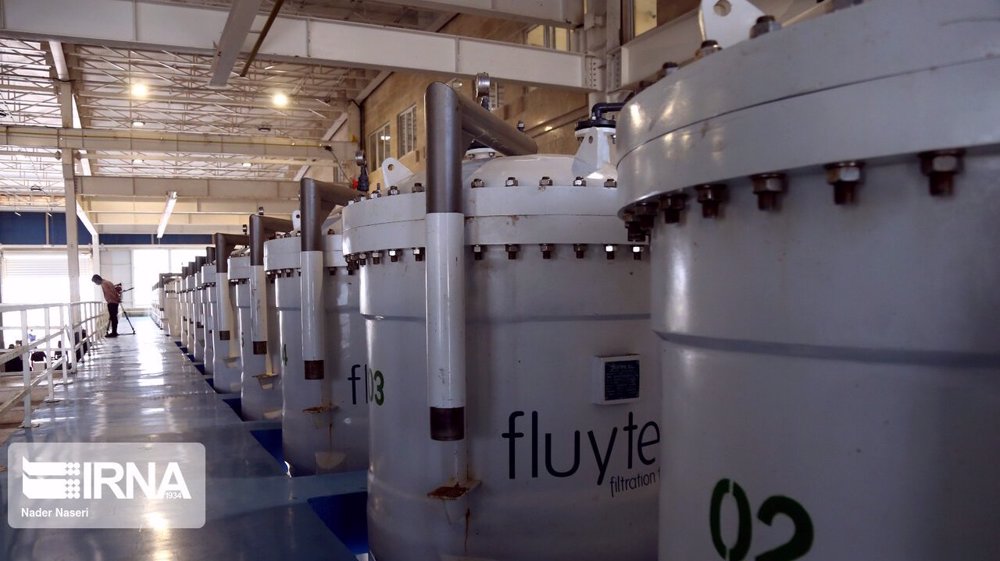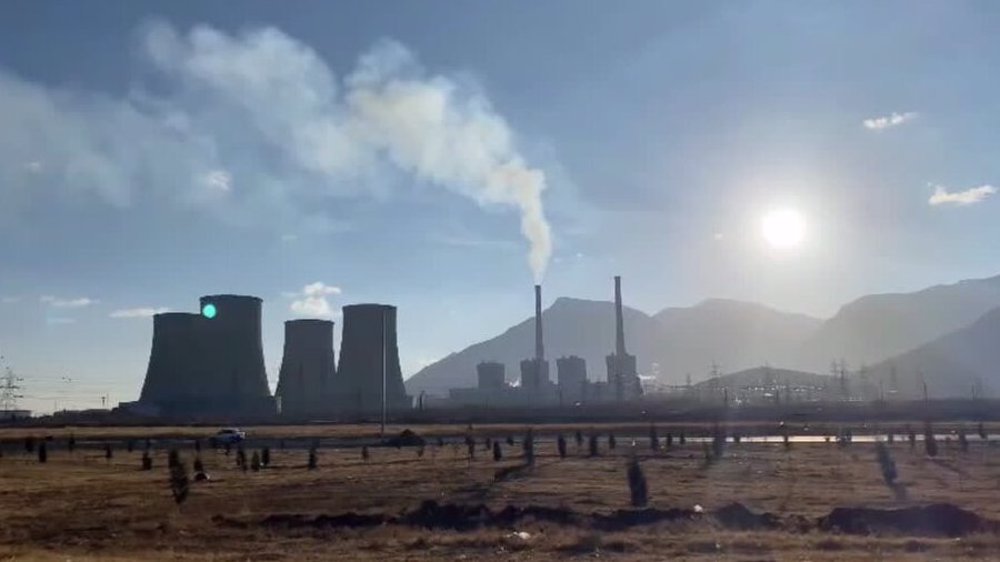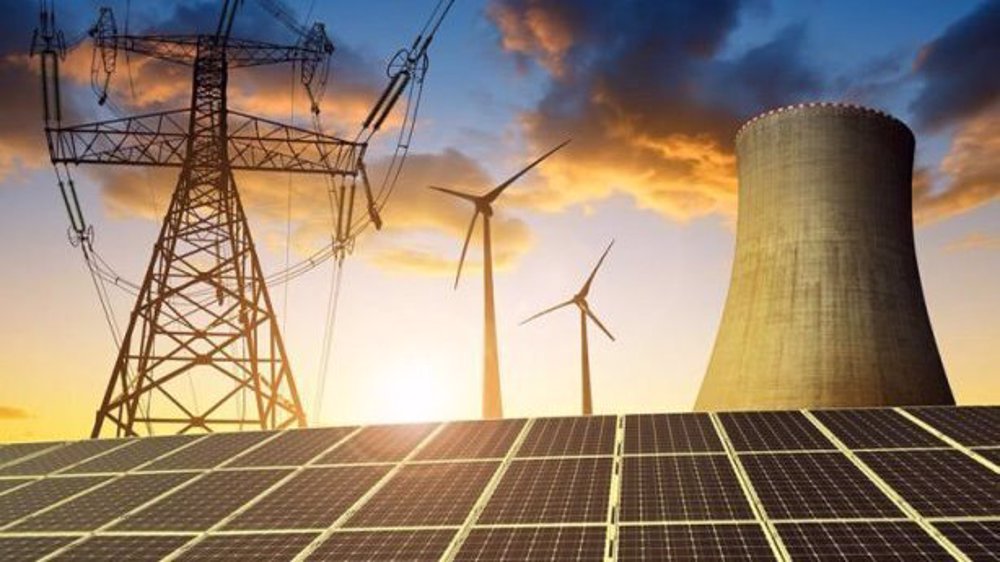Iran opens key desalination plant in south
Iran has opened a key desalination plant on the coasts of the Persian Gulf as the country goes ahead with plans to use modern technologies for supply of drinking water to its arid regions.
Iranian President Hassan Rouhani used a video conference call on Thursday to open the desalination factory in the southern port city of Bandar Abbas which local officials said has a capacity to produce 20,000 cubic meters of drinking water per day.
A first unit of the plant, with the same desalination capacity, had been opened in 2018 while local officials said the entire plant would reach a production of 60,000 cubic meters per day in late September.
The desalination plant uses reverse osmosis technology to desalinate water fro the Persian Gulf, said a deputy Iranian energy minister, adding that the facility has cost 4.5 trillion rials (nearly $20 million) to build.
Qassem Taghizadeh said Iran was making heavy investments in desalination projects, adding that country’s total desalination capacity had increased by nearly six times in seven years to top 45 million cubic meters a year.
Taghizadeh vowed the figure would further increase to 89 million cubic meters by August 2021 when the current administrative government led by President Rouhani leaves office.
Bandar Abbas, Iran’s largest cargo port, has been the focus of Iran’s desalination projects as the city is planned to reach an annual consumption target of more than 50 million cubic meters of desalinated water next year.
Iran has other plans to transfer desalinated water from the Persian Gulf to more than a dozen cities in the arid regions of the Iranian Plateau.
To justify those projects from the environmental point of view, Iran is planning to use the exhaust heat from its thermal electricity plants to power the desalination factories located on the Persian Gulf and on the Sea of Oman.
Missile fired from Yemen hits Tel Aviv
VIDEO | Iran emerging as aviation service hub through innovative solutions
Iraq exhuming remains of 100 Kurdish women, children killed by Saddam
Panama rejects talks with US over canal control
VIDEO | Israel Yemen aggression
HTS rulers name al-Qaeda operative as Syria's new spy chief
Iran voices concern about rising insecurity, violence in Syria
VIDEO | Karachi sit-in amplifies nationwide call for justice for Parachinar victims











 This makes it easy to access the Press TV website
This makes it easy to access the Press TV website